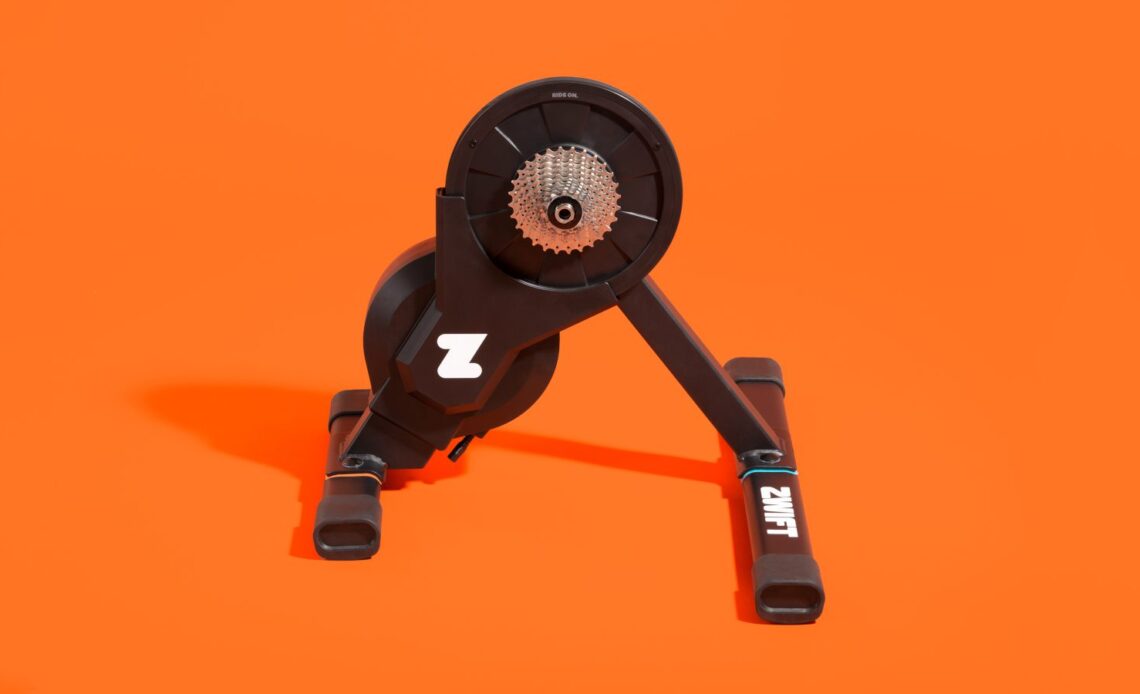On Oct. 3, Zwift is releasing the Zwift Hub, the company’s new direct-drive trainer. The unit and the process for buying it are designed to help riders who don’t have a chain whip and lockring tool. Zwift hopes the Hub will make it easy for new riders to start cruising through Watopia with all the features a direct-drive trainer can offer.
Zwift worked with JetBlack Cycling to create the Hub. It has a claimed +/-2.5 per cent accuracy. (For comparison, the Tacx Flux S is +/-3 per cent. The top-end Tacx NEO 2T is +/-1 per cent.) The Hub offers 1,800 W of maximum resistance. It will simulate grades as steep as 16 per cent. The unit weighs 15 kg, 4.7 kg come from the flywheel. The maximum rider weight for the trainer is 130 kg.
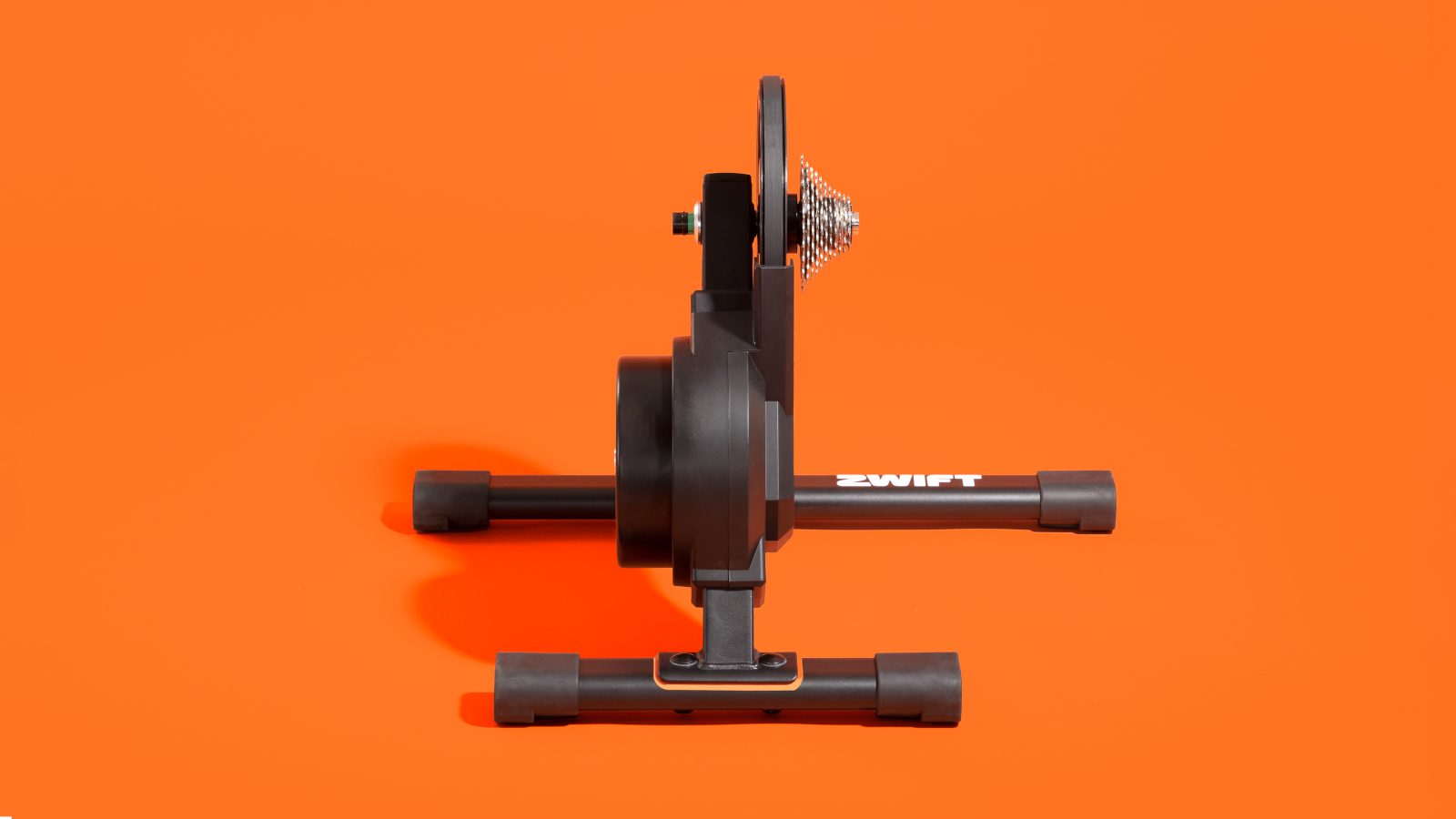
When you buy the Hub, you pick your cassette. The trainer can ship with an 8-, 9-, 10-, 11- or 12-speed cassette installed. You can also get the Hub without a cassette. Once the box arrives, use the QR code to help with setup. You also receive an adapter card, which helps you pick the right colour-coded adapters for your axle. There are 142-mm and 148-mm thru-axle adapters included, as well as those for 130/135-mm QR skewers. Once you have everything set up, you can perform any necessary firmware update through the Zwift Companion app. The Hub can act as a bridge between your ANT+ heart-rate monitor and your computer, tablet or Apple TV: whatever Bluetooth device is running Zwift.
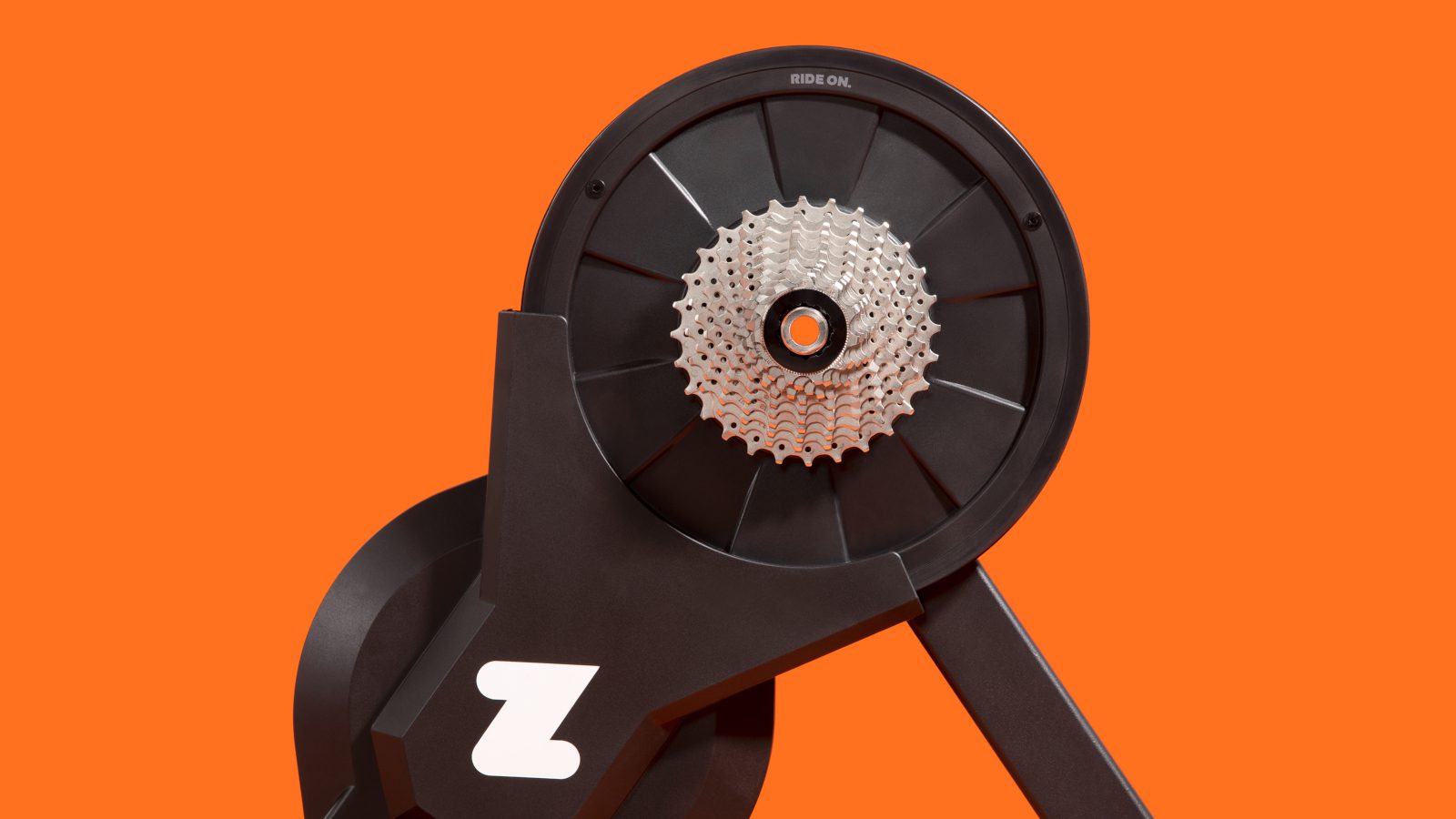
Zwift did a lot of testing before the release of the Hub. There were 1,200 hours worth of testing in the lab where trainer units were hooked up to machines that would keep the Hubs spinning. There were also 500 hours logged on Hubs by semi-pro riders. Mechanics got into the testing, too. A shop in London fitted more than 500 bikes on Hubs. They successfully put on road, gravel, mountain bike, cyclocross, tri/TT and hybrid frames. Only one bike failed the test: a custom mountain bike. (The team is OK with that result.) The bike sizes ranged from 45 cm to 64 cm.
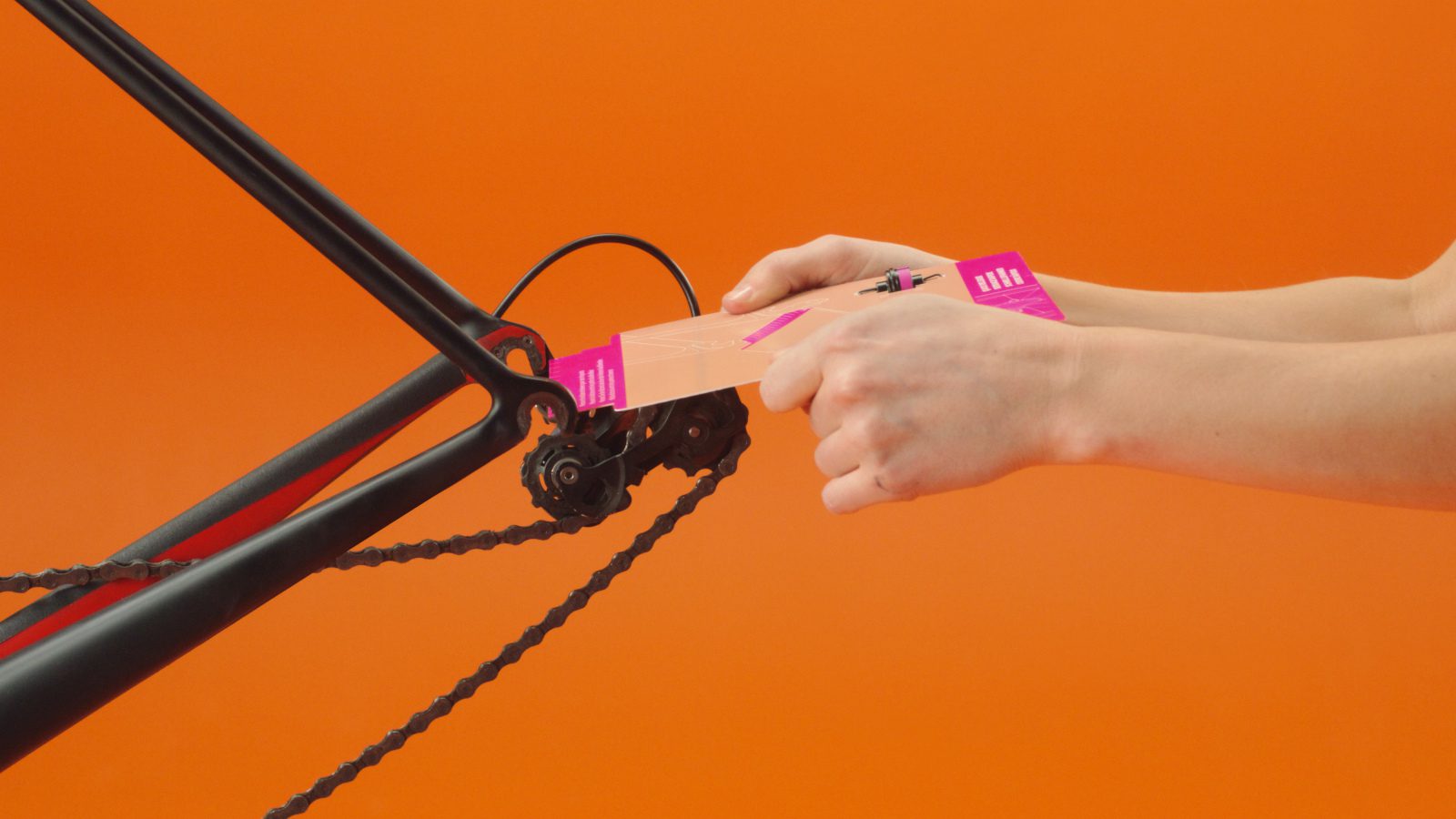
Currently, Zwift doesn’t have an official Canadian price for the Hub. Its U.S. price is US$499. On Oct. 3, cyclists in the U.S., U.K. and the European Union will be able to buy the Hub. Canadian availability is still to be determined. Expect the Canadian price to be in the $700 range.
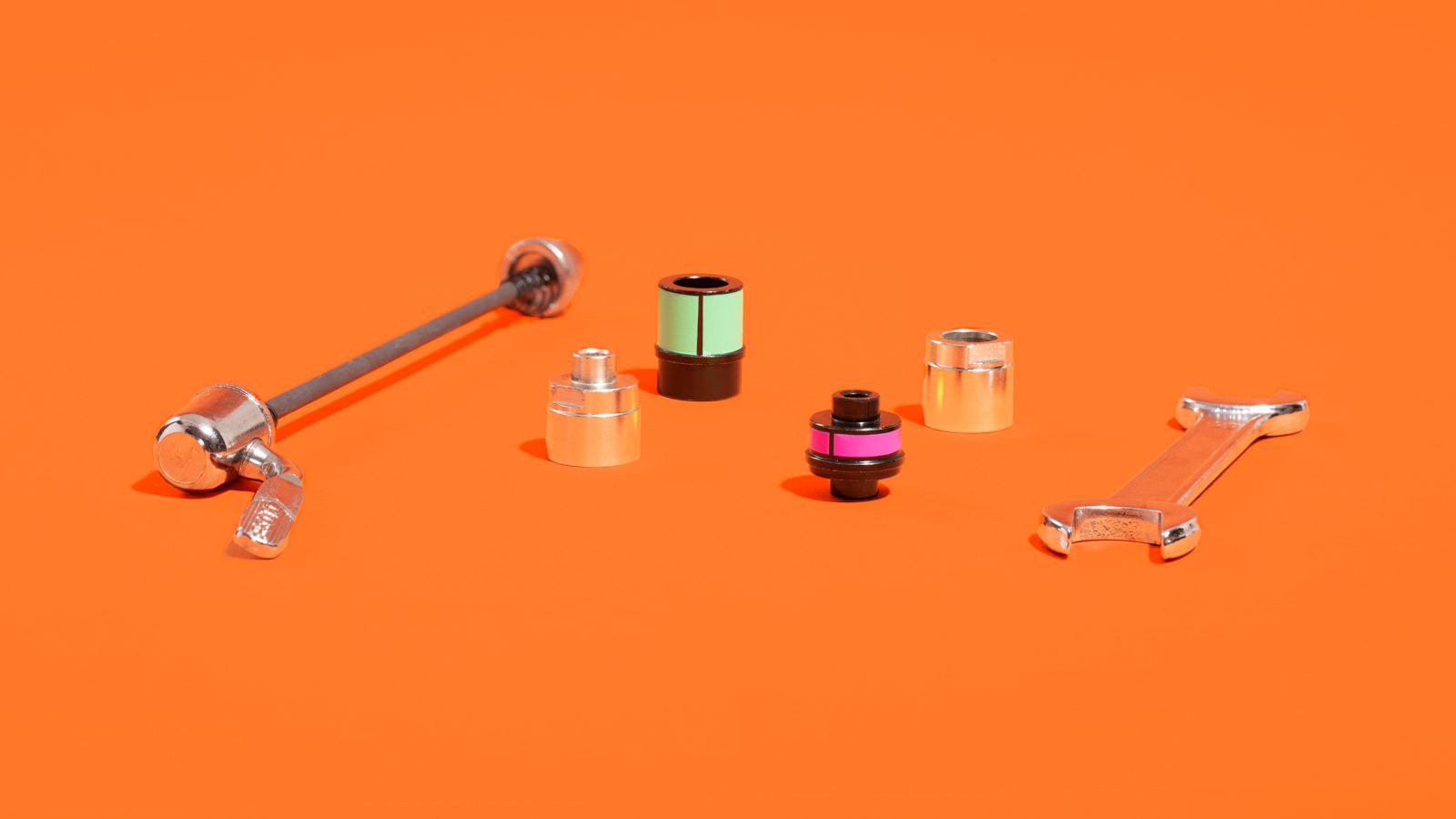
Click Here to Read the Full Original Article at Canadian Cycling Magazine…

